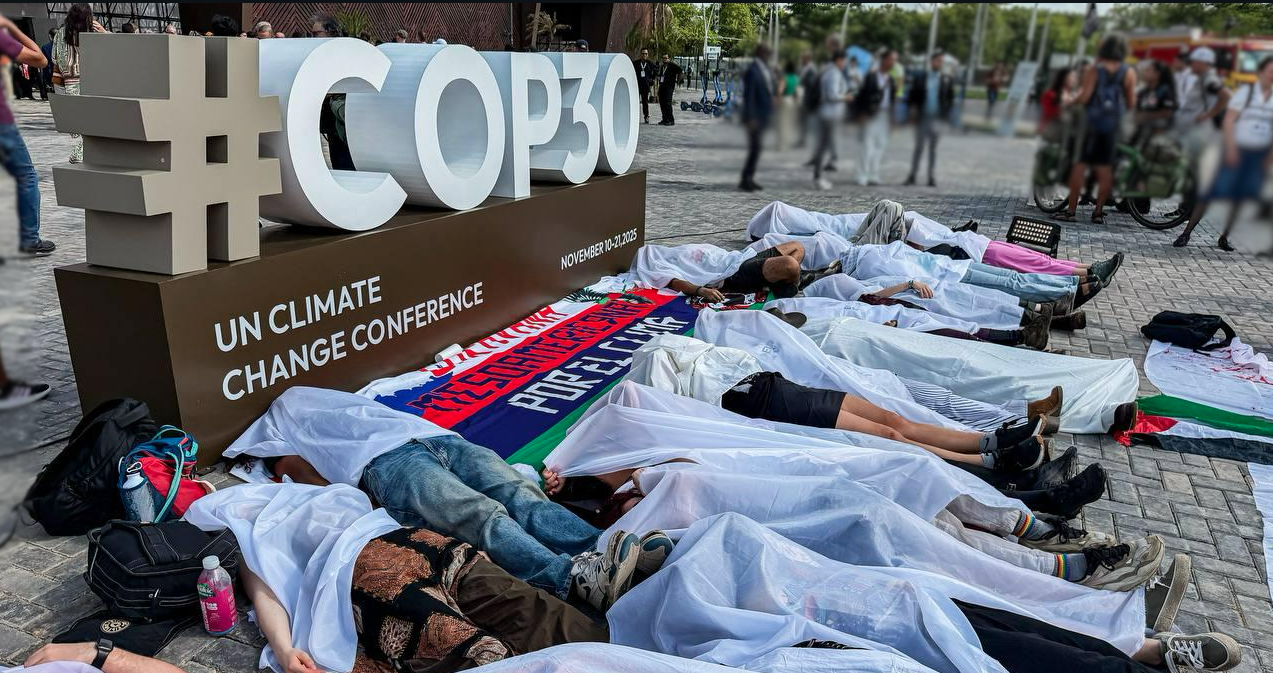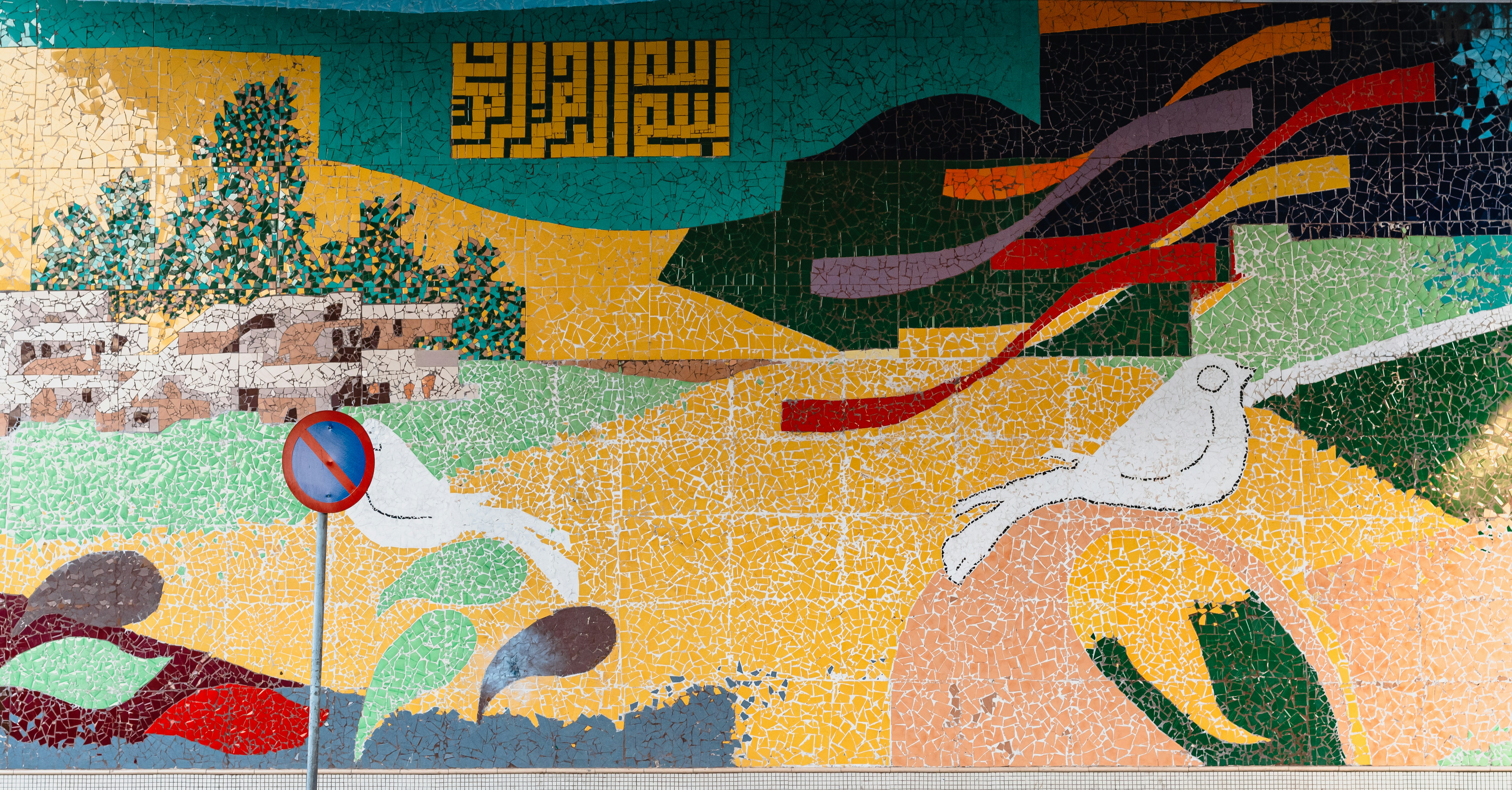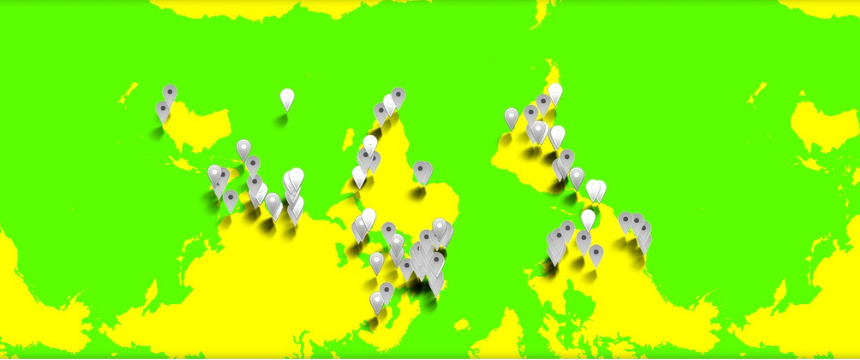“And then all helplessly we peered into those Other-worlds, and wailed, “O World of Worlds, how shall man make you one?”
- W.E.B. Du Bois, The Souls of Black Folk, 1903
Will degrowth as a discourse and movement extend coloniality, by aiming to make just one world out of the many that form the earth’s pluriverse? Or will degrowth be decolonial, by helping to sustain and grow a many-worlds world in which diverse ways of living and relating can thrive? These are the questions we ask in this brief essay.
Colonial Destruction of the Pluriverse
Some degrowth proponents recognise that colonial pillage is central to historic economic growth in Europe and North America. Resulting economic and political structures of global extraction now continue this legacy. This means that decolonisation is already rightly debated within degrowth discourses. While some use decolonisation as a metaphor for freeing social imagination from clutches of economic growth, others go further by linking degrowth to post-development alternatives.
However, given degrowth’s focus on “planned yet adaptive … downscaling of the economy”, or on reducing material throughput, one critical issue is overlooked. What if topology matters as much as scale, when considering economic and political structures? The word topology attends to patterns of social relations – both among people (mediated by discourses, institutions and practices) and more materially with ‘nature’ (mediated through technologies, economies and ecologies).
A crucial feature of the pluriverse, is the rich diversity of socio-material topologies. These entail radically different patterns of relating, for example, with animals and plants as persons, with forests as powerful sacred forces, and with other worlds through intercultural hospitality. Under colonialism, such topologies were ‘inferiorised’ as savage, primitive, naïve, irrational, superstitious, unproductive, and unchanging. This inferiorisation aided the destruction of pluriversal topologies over the last 500 years.
So colonialism did not just diminish in scale the social and material bases of colonised people’s ways of living. By enslaving and indenturing people, looting resources, suppressing cultures, furthering heterosexual patriarchy, wiping out languages, marginalising craft production, blocking knowledge traditions, criminalising radical difference (of itinerant peoples, anticolonial dissent and transgressive sexualities), extracting value from deforestation, and controlling ‘customary’ governance, colonialism actively destroyed many cultural, ecological, technical and institutional topologies.
However, such pluriversal destruction is easily overlooked if radical differences in topologies are not recognised. This is the case in many discussions of impoverishment produced in colonies through European rule. So it is that estimates highlight reduction in China’s share of the world economy from 35% to 7% due to unequal terms of trade forced by the British after the Opium Wars; and in India’s share from 24-27% in pre-colonial times to just 3-4% by 1947 (when the British finally quit, after nearly two centuries of colonial rule). Even in absolute terms, it is GDP per capita that is foregrounded as having declined by an annual rate of -0.22% between 1913 and 1950.
Like these economic histories of colonialism, degrowth discourses can neglect radical differences in patterns of relations – or ‘topologies’ – of the pluriverse. If experiments to achieve degrowth neglect topology, they can overlook destruction of the pluriverse.
Behind the growth affliction: Modernity
Arguably due to anticolonial resistance, colonial administrations did begin in late 19th century to acknowledge some cultural differences, but only in order to attempt management of difference using categories of tribes and castes. Within this, colonised ways of knowing were still viewed as lacking scientific rationality. So while plurality in cultural institutions of religion and governance was now tolerated in some territories, plurality of rationality (of equal sciences and technologies), remained disallowed.
In the post-colonial era, globalising structures came to tolerate – even license – a world of plural cultures in various steeply stratified ways. But pluriversal worlds of knowledge, technology, science and ‘nature’ remained under attack. Nationalist elites like Nehru and Nyerere promoted the making of alternative modern worlds through ‘development’, at the expense of many topologies of the pluriverse.
If this destructive coloniality of modernisation is not to be reproduced, then it must be directly recognised, in degrowth experiments like decentralised renewables, expanded public transport, and ‘unconditional basic income’. And it is here that blindness to differences in socio-material topologies may be as dangerous in ‘light modern’ visions of degrowth, as in mainstream visions of growth enacted through the ‘heavy modernity’ of centralised grids and large-scale mining.
Economic growth is a modern obsession, driven by nation-states carved and maintained through coloniality. As Gandhi recognised long ago (1909): “India is being ground down, not under the English heel, but under that of modern civilization”. Coloniality is not just about control of non-European territories by Europeans, but critically also the ongoing extension of modernity. Coloniality constitutes modern topologies of control and extraction. And these topologies underpin obsessions with economic growth (and degrowth).
Pervasive within these topologies are ambitions to control reason by science; (agricultural) production by industry; mobilities by infrastructures; identities by nations; governance by bureaucracy; sociality by racial capitalism; objectified nature by culture; genders and sexualities by heteropatriarchy; and ‘othered’ peoples by an ostensibly rational self – manifesting as racism and xenophobia in everyday life.
And now in the so-called ‘Anthropocene’ epoch, these ambitions of modernity, metastasize through environmentalism into imagined control of the entire Earth. How better to maintain an empire on which the sun might really never set, than to imagine this with breath-taking hubris as geological destiny? In this apotheosis of imperial ambition, it is a notionally homogenised ‘humanity’ that is “taking control of Nature’s realm”, brooking “no compromise” in a supposedly “non-negotiable” imperative to manage “the control variables” as “a self-conscious control force that has conquered the planet”.
The point is that commitments to environmentalism or humanism fail on their own to resist these hubristic fantasies, fallacies and fixations of control that underlie contemporary modernities. If these encompassing topologies of control are not challenged, even critical discourses like degrowth can fail to see that coloniality of modernity goes beyond obsessions with growth. Where it is situated in a ‘one world world’ of a homogenised ‘humanity’, then it is not only growth but also degrowth that can extend modernisation.
Therefore we call on degrowth advocates to recognise topological differences between modern and other worlds of the pluriverse. By continuing to marginalise such differences of relational patterns between worlds, degrowth discussions implicitly impose a topological universalism that homogenises humanity. A product of racist coloniality that derides and damages pluriversal difference, such presumed universalism is so deeply ingrained in the modern psyche, that it can – even in ostensibly critical discourses – be presented as a virtue.
It is a sign of the tendencies we criticise, that such universalism is adopted even where degrowth advocates are rightly keen to assert anti-colonial politics. For instance, Gandhi and Nyerere are simply lumped together (presumably on the basis of a notionally shared anti-colonial purpose), rather than making the crucial relational and topological distinction between Gandhi’s explicitly anti-modern politics and Nyerere’s promotion of an African socialist modernity.
Degrowing Modernity for a convivial pluriverse?
We urge degrowth proponents to: distinguish socio-material topologies from size and shape; prioritise radical pluriversal differences over homogenising tendencies; and critically recognise obsessions of growth as situated within control-driven modernities. If these crucial distinctions and connections are not made, degrowth can inadvertently re-enact the presumed superiority of modern worldmaking over alternative topologies of the pluriverse.
Through such superiorism, continued destruction of pluriversal worlds can further unfold. This may occur if degrowth movements attempt merely to globalise lighter modernities, which can be deemed superior to other ways of living and relating in pluriversal worlds.
Even where a lighter ‘degrown’ modernity exerts lower thirst for the magnitudes of resources, its renewable energy, commoning economy and autonomous democracy are also free to encroach on other worlds in topological ways. Without attending to topological differences in forms of democracy, commoning and regeneration in other worlds, modern structures and cultures can still displace pluriversal ways of relating, living, and knowing. So, even with degrowth, the main threat for a thriving pluriverse is the inexorable extension of modern worlds.
To counter this extension, important lessons may be learnt from diverse ‘indigenous’ peoples who have transformed the borders between their worlds and modernity into zones of conviviality. In these zones, some choose to adopt the trappings of modernity, while practising alternative relations, rituals and religions. With these zones serving as buffers, communities use the space beyond to protect pluriversal worlds that support their distinctive cultures, languages, knowledges, forests, and techniques.
To degrow modernities in ways that strengthen such protection, solidarities must be nurtured to transcend the single axis of growth/degrowth. Coloniality of modernity must be overturned not just through equality (in magnitudes), but also through decolonial diversity (in topologies) – encompassing multiplicities of ways of living and relating for knowing and acting, spanning modern and other worlds alike.
In this way, degrowth can be part of a truly intercultural revolution, helping to build a convivial pluriverse where not one but many worlds can thrive. This thriving may indeed depend on degrowth in a singular modern world. But it will also need decolonially diverse topologies of coexistence, care, love, peace, hope, hospitality, spirituality, commoning, cooperation, mutualism, conviviality and equality across many worlds.

Debt for Climate went to the COP30 to carry a specific, tangible proposal with the potential to address systemic change: debt cancellation. Considered a degrowth-leaning policy, this proposal refers to the partial or total deletion of debt contracted by a government. Read the interview.

Formed in the wake of the International Degrowth Conference 2024 in Pontevedra - following an intervention by Luisa Emilia Reyes Zúñiga - the Delinking & Degrowth Collective convenes organisers, scholars, practitioners, and learners from around the world, within and beyond the degrowth community. Meeting monthly and coordinating via a shared WhatsApp hub, the collective uses leverage from w...

In support of a fellow movement aligned with degrowth, we are republishing this declaration of the Global Tapestry of Alternatives which was originally released on June 13th.